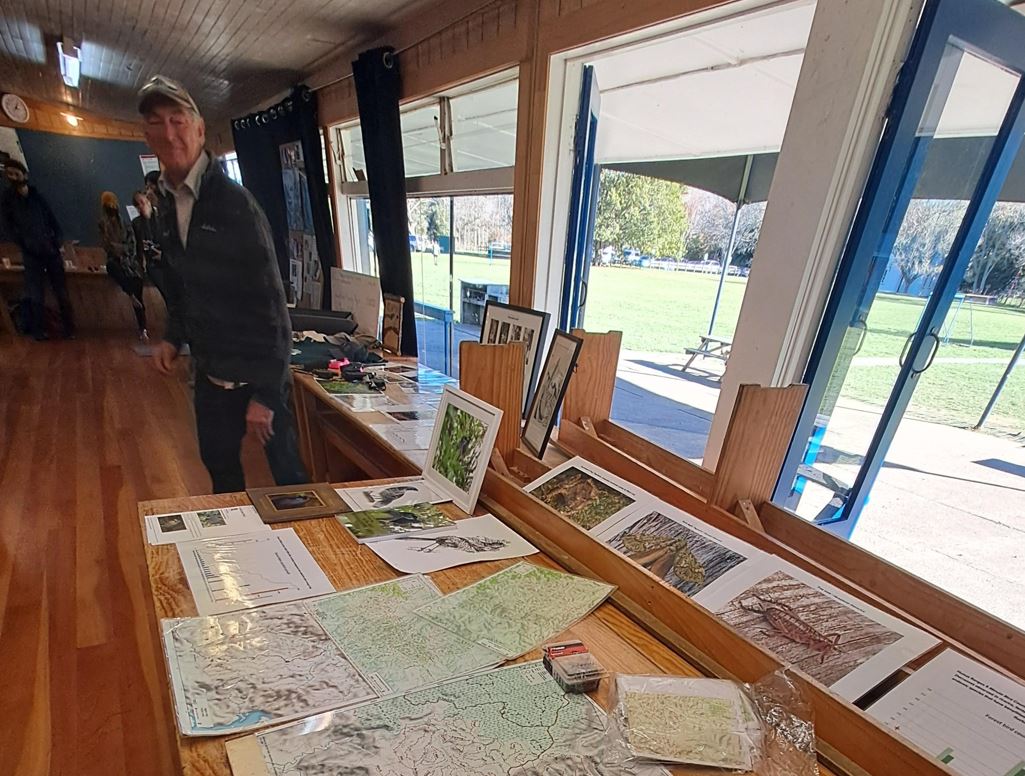Volunteers who have trekked the Hunua Ranges to conserve the last kōkako population in the mainland Auckland region have celebrated 30 years.
The Hūnua Kōkako Recovery Project started in 1994 and since then thousands of hours have been dedicated to ensuring the birds thrive.
Auckland Councillor Mike Lee was instrumental in the project.
“When we started there was one breeding pair, today there are more than 250. That’s a tribute to everyone who believed it wasn’t too late and that they could make a difference, because the 2022 census recorded 259 pairs.
“Had the then Auckland Reginal Council not acted, Hūnua kōkako would have gone the same way as the Great Barrier population and become functionally extinct.
“Local government had never engaged in endangered species management before, so it was a radical thing to do, but it worked because of support from council and volunteers.”

Lee recalls making the two-hour tramp to huts at Kohukohunui.
“I’ve been up there four times, sleeping up there twice. Before I persuaded the council to chopper in new ones, the old hut had a fir-lined floor.”
One stalwart has been Lenny van Heugten, author of Stories from the Kōkako Management Area, telling the story of a bird prolific in the 1900s but which by the 1950s had been devastated by habitat loss and predators.
Around then, the first photograph of nesting kōkako was captured, but the decline continued and the book describes the efforts to turn the tide, Van Heugten saying she’s passionate about community conservation efforts. “The book has given people a renewed sense of pride about what’s been achieved.”
Her fellow volunteer – and father – Willow van Heugten says having council and DOC support financially and on the ground remains vital.
“But that would be of no use without volunteers. I’m humbled to be able to spend time with them trying to ensure the kōkako becomes common again.”

Auckland Council Planning, Environment and Parks Committee chair Richard Hills says the project’s success is testament to those involved.
“Losing the birds was not an option. The decision to invest in protecting kōkako has delivered remarkable results.”
Earlier this year kōkako were sighted for the first time near Hūnua Falls, eight kilometres from the management area.
Volunteers say that’s a long way for a bird that is not a strong flier, instead hopping across branches to the top of trees and gliding to the next
Regional Parks staff say that reinforced the value of volunteers, because one of the goals has always been seeing kōkako populate other Hūnua areas.
Franklin Local Board chair Angela Fulljames says one speaker at the celebration spoke about how volunteering had had a positive effect on his life both mentally and physically during rehabilitation from an injury.

“That highlighted the personal benefits of volunteering, and it was also heartening to hear from New Zealand Batman Ben Paris about how endangered pekapeka (long-tailed bats) are, which had participants thinking it might again be time for a regional approach.”
Today the managed area comprises about 1,500 hectares of Hūnua Ranges Regional Park protected forest, an adjacent pest control area connecting another 500 hectares.
Thousands of traps have been laid but volunteers are still needed. The role involves maintaining the bait station network, trap checking and setting, making fitness essential. Volunteer here.
Stay connected
Sign up for your Local Board E-news and get the latest news and events direct to your inbox each month.


